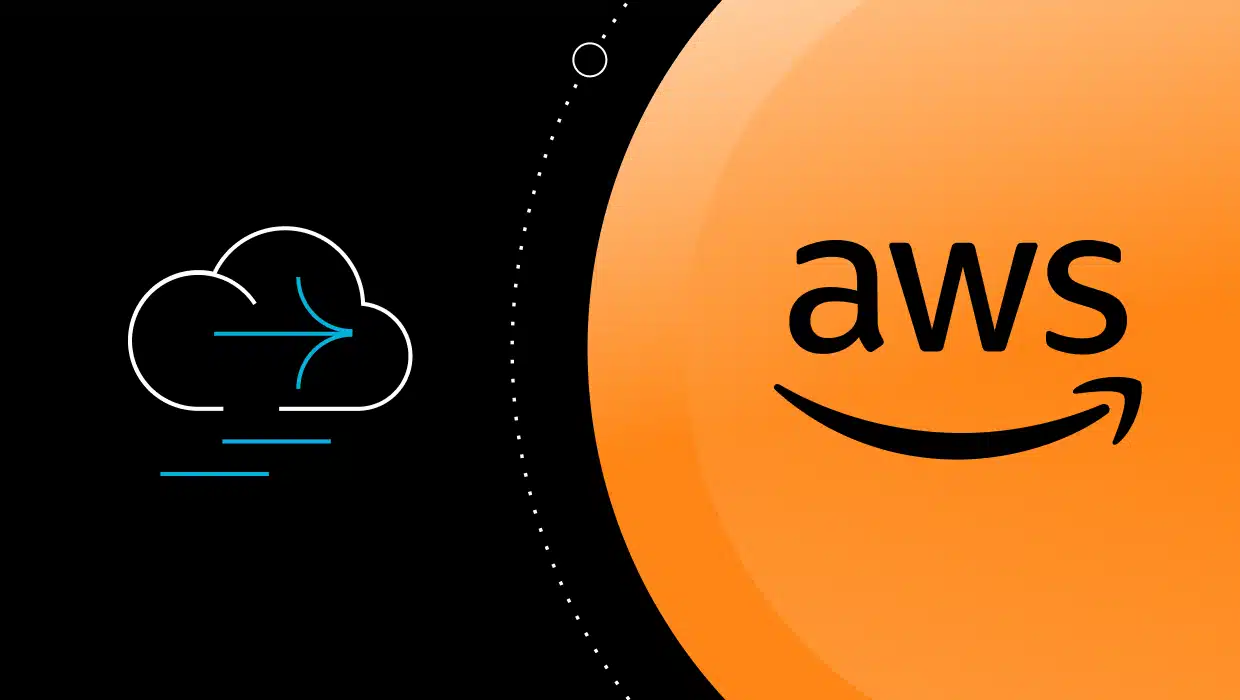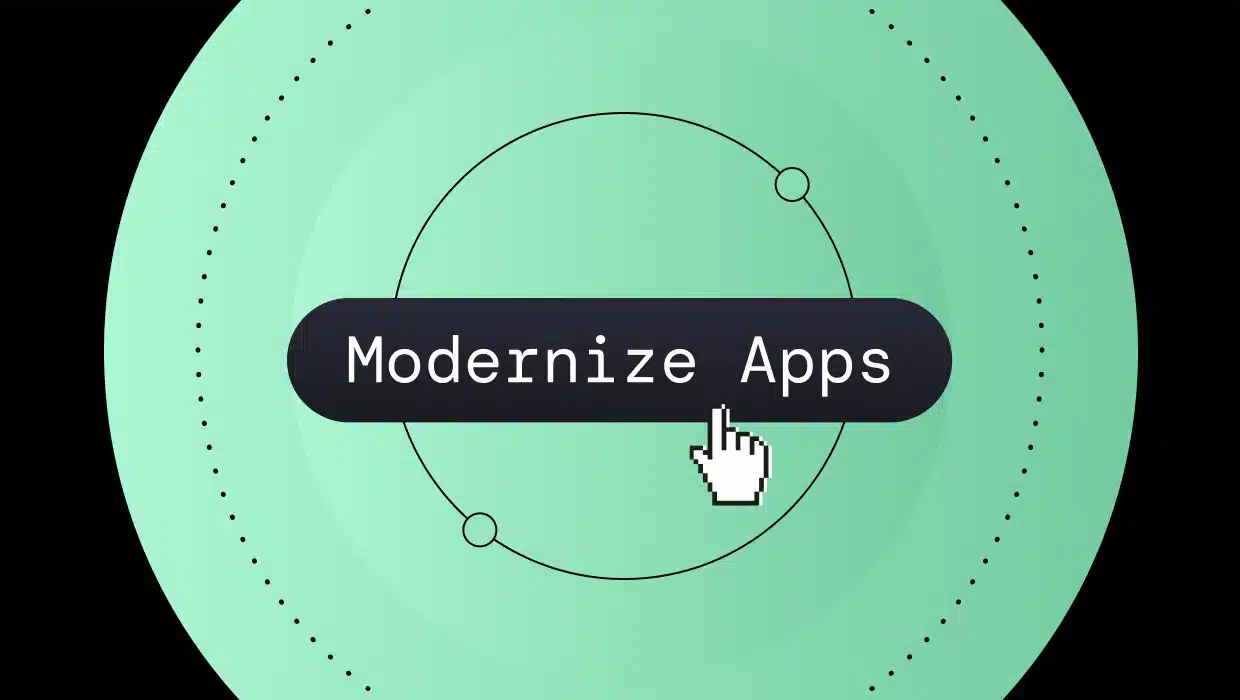In 2021, the Standish Group published a report on the effectiveness of different approaches to software modernization. The report looked at the efficacy of replacing legacy solutions with entirely new code or using existing components as a basis for modernization. The authors also identified an approach they called “Infinite Flow,” where modernization was a continuous process and not a project with a start and end date.
The Standish Group’s definition of infinite flow mimics that of continuous modernization (CM). CM is a continuous process of delivering software updates incrementally. It allows developers to replace legacy software iteratively with less user disruption. Both definitions focus on the ongoing nature of software delivery and its organizational impact.
According to their analysis, the report authors determined that continuous flow processes deliver more value than other methodologies, such as agile or waterfall. They calculated that waterfall projects are 80% overhead and only return a net value of 20%. In contrast, continuous modernization operates with 20% overhead and delivers an 80% net value. They also calculated that 60% of customers were disappointed in the software delivered at the end of a large development effort. In comparison, only 8% of customers felt the same with continuous development processes.
If continuous modernization delivers a more significant net value and increases customer satisfaction, why aren’t more organizations using the methodology as they replace legacy systems? Let’s take a closer look at this strategy to determine why more companies don’t realize the benefits of CM.
What is Continuous Modernization?
The Information Systems Audit and Control Association (ISACA) defines continuous modernization as a strategy to evolve an existing architecture continuously and incorporate emerging technologies in the core business operating model. With CM, organizations develop solutions in increments that encourage frequent releases where the software is monitored and refined, feeding back into the development cycle.
The approach allows companies to gradually replace aging technologies that pose business risks. It enables businesses to add features and functionality to existing systems without disrupting operations. However, CM is more than a development strategy. It is a mindset.
Traditional software development is project-based. A scope of work is defined with a start and end date. It doesn’t matter if the development method is waterfall or agile. Cumulative software updates are released on a pre-defined date. After installation, bugs may be identified and fixed. Some flaws are added to the scope of work for the next release.
With CM, on the other hand, software development becomes part of a continuous improvement mindset where each iteration enhances the existing software. New software is deployed monthly, weekly, or daily. Unlike project-based development, changes are not withheld until a project scope has been completed. The steady stream of updates requires a cultural shift.
Related: Navigating the Cultural Change of Modernization
Key performance indicators (KPIs) for software development and measurement methods no longer apply. Testing procedures are automated to keep pace with incremental software releases. End users see small changes in the user interface or functionality instead of massive changes delivered simultaneously. If organizations are to realize the following benefits of CM, they need to address the cultural changes necessary to support a continuous improvement model.
What Are the Benefits of CM?
The 2021 Standish authors indicated that the flow-like modernization methodology had the following benefits:
- Modernization using a series of microprojects had better outcomes than a single large project.
- Microprojects achieved greater customer satisfaction because of built-in feedback loops.
- Microprojects delivered a higher return of value.
- Modernization using continuous improvement reduced risk and monetary loss.
- Continuous modernization has a higher degree of sustainable innovation.
- Continuous modernization increases application life.
Outcomes were evaluated in terms of time, budget, and customer satisfaction. In general, smaller projects in a continuous improvement model delivered better outcomes than more traditional large projects, especially in the areas of customer satisfaction, net value, and financial loss.
Increased Customer Satisfaction
Continuous modernization is less disruptive to operations. When large projects are delivered, it often results in downtime. Even if the software is installed after hours, the massive changes usually require user training. Struggling to learn the software while performing their job frustrates employees.
Since most large projects do not solicit extensive user input during development, the updated features may not operate as users expected. Customers become disgruntled when they are told the feature operates as designed, so it isn’t a bug and won’t be addressed until the next release.
With microprojects, small changes are made incrementally with minimal impact on user operations. Employees aren’t trying to learn new functionalities while performing their job. Soliciting feedback from users as changes are deployed means modifications can be incorporated into the iterative process.
Reduced Risk
Old code is risky code. Who knows what is lurking in those undocumented modules? Depending on the age of the software, everyone associated with the original project may have left the company. Suddenly organizations are faced with a knowledge deficit. How can they support the software if no one understands the code?
Twitter is an excellent example of the impact technical debt and knowledge deficit can have on a company. Long before Elon Musk took over Twitter, employees complained that parts of the application were too brittle. Some even suggested that the technical debt was too extensive, requiring a complete rewrite. Then, Musk began his widespread staff reduction. As a result, fewer employees were available to keep brittle code functional.
In March 2023, Twitter had an operational failure. Users were unable to open links. The API that allowed the data interchange was not working. After service was restored, the source of the failure was found to be an employee error. The one engineer assigned to the API made an incorrect configuration change. Removing old code reduces the risk of a disastrous outcome from a simple configuration change.
Reduced Technical Debt
Technical debt is no different than financial debt. At some point, it must be repaid. If it goes untouched, it only accumulates until an organization is no longer viable. A recent survey found that technical debt inhibits 70% of a company’s ability to innovate.
CM allows developers to gradually replace legacy code that contributes to technical debt. It also keeps the debt from growing. For example, companies that release software updates once a year accumulate debt while they are writing new code. Given the exponential rate of digital adoption, the technical deficit can easily double in a year.
Following a continuous modernization approach, developers are consistently replacing older code. Because the incremental updates require less test time, new code can be delivered faster. Changes in methodology or coding standards can be incorporated into the cycling development list to minimize the amount of added technical debt.
Limited Monetary Loss
Continuous modernization incorporates user feedback into the development process. With feedback, developers can adjust the software to better reflect user needs. This process minimizes monetary loss that can result from a comprehensive software update.
Large development projects that follow the traditional management path consume significant resources before the end user sees the software. If the final product does not meet expectations, companies run the risk of bringing a product to market that lacks key features. Costs for reworking the software are added to the original expenditures. Businesses can find themselves selling solutions at a loss if the market will not support a price increase.
Related: How Opportunity Costs Can Reshape Measuring Technical Debt
With large projects, the opportunity costs can be significant if resources are tied up reworking software after delivery. Instead of pursuing an innovative solution, developers are occupied with existing development. Iterative development allows for immediate feedback so course corrections can occur early in the development process. If the product fails to meet market expectations, organizations can terminate the effort before incurring significant losses.
Sustained Innovation
Adopting a continuous improvement mindset allows developers and architects to implement a continuous modernization methodology for software development. The process enables programmers, DevOps, and engineers to deliver innovative solutions as part of their workday.
The iterative approach lets developers test innovative solutions as early in the process as possible and receive user feedback to ensure acceptance. Freed from reworking existing code and compensating for technical debt, development staff can spend more time exploring opportunities.
Limiting financial loss and reducing risk from outdated code provide businesses with added resources to investigate new markets. With a cost-effective methodology for modernization, organizations can deliver innovative solutions that consistently meet customer expectations.
Realize the Benefits of Continuous Modernization
To realize the benefits of continuous modernization, businesses must establish and measure KPIs. They must look for tools that can refactor applications and assess technical debt.
vFunction’s Assessment Hub analyzes applications, identifies technical debt, and calculates its impact. The Modernization Hub helps architects transform monoliths into microservices. The newly released Continuous Modernization Manager lets architects shift left and address issues that could impede ongoing modernization. To see how we can help with your modernization project, request a demo today.








